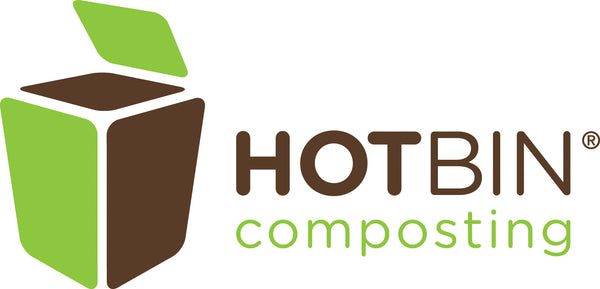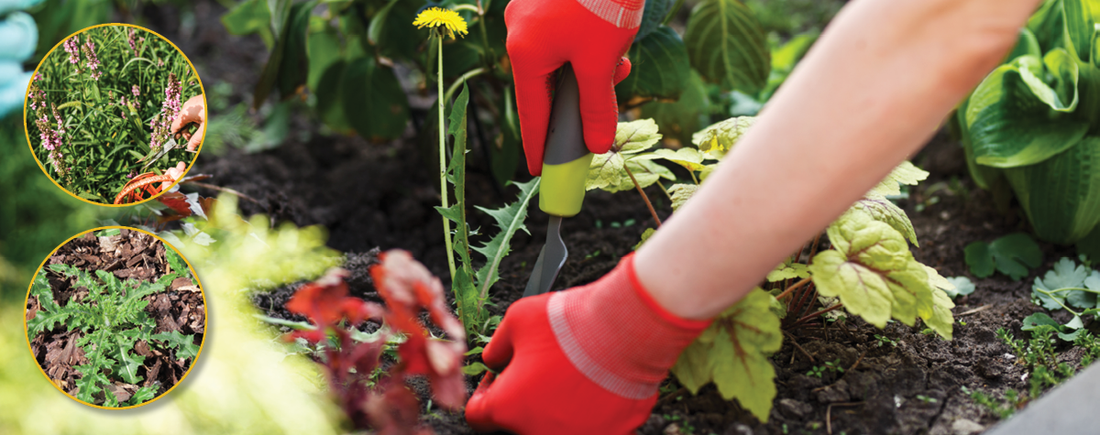The answer is a strong YES. You can compost invasive plants (such as porcelain berry, bindweed, nightshade, purple loosestrife, and others) including weeds in a HOTBIN. However, there are some precautions that need to be added to this conversation to ensure that the unwanted seeds are eradicated before spreading them out with a newly produced compost.
To eliminate any risk associated with composting invasive plants in HOTBIN, the inventor of HOTBIN, Tony Callaghan, suggests to maintain temperature closer to 120-140°F for a period of 2 weeks minimum. This will ensure all invasive plant seeds are sufficiently eradicated. We can add that Summer is an ideal season for conducting this process, as this type of waste is readily available, and the outside (hot) temperatures will not distract from the internal reading.
In addition to the above, here are some precautions and considerations that you should take in account when composting invasive plants or any plant growing where it is not wanted (including weeds) in the HOTBIN:
- Heat is the successful factor in the successful destruction of weeds and seeds if you want to compost them. Even the most resilient perennial seed cannot survive sustained hot composting temperatures of 120-140°F. This is why we recommend to keep temperatures above 120°F for at least 2 weeks.
- However, if invasive plant or weed seeds are not destroyed properly, they can end up being spread over flower and vegetable beds in final compost causing mayhem to your plot.
- On weeds -
- If you are following general weed advice and removing them whilst they are young, the weeds will breakdown and make excellent compost quickly.
- Domestic weed killers are biodegradable, so composting weeds that have been exposed to weed killers should not be considered a problem.
- If you are cold composting, experts advise destroying the weeds before adding to compost bins. .
- Ensure you are HOT composting between 120-140°F for at least 2 weeks.
- Never add weeds or seeds to a HOTBIN that is not up to temperature. Otherwise, they will be spread in final compost.
- Add weeds and seed heads into the top of the bin, which is the hottest part. and place in the middle.
- Do not fork the mix in as they could then fall to the cooler layers or down the sides, and may survive.
- Test Your Final Compost - To reassure yourself that all the unwanted seeds are gone, test your final compost by planting a few small pots with your final compost and water to see if anything germinates. If they don't, hot composting has successfully destroyed them.
NOTE: Bear in mind that at the end of the day it’s difficult to get rid of all unwanted seeds. Birds will kindly drop them, the wind will carry them, and they can even lay dormant in the soil for years.

